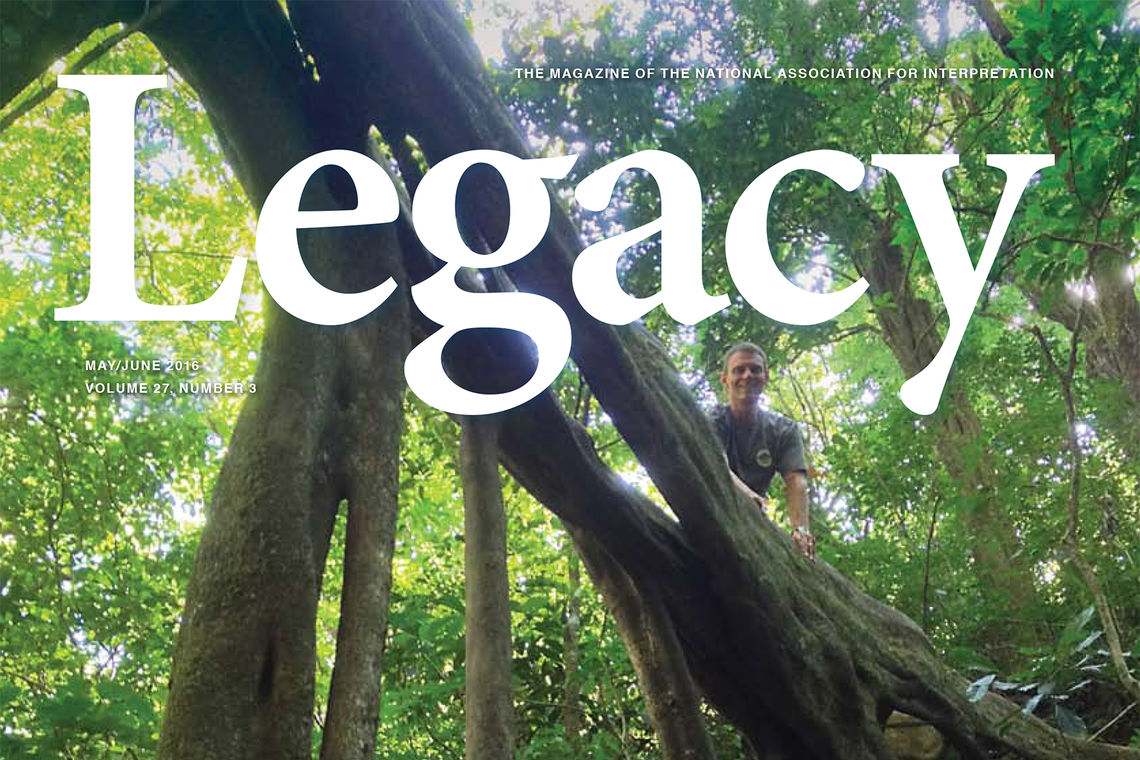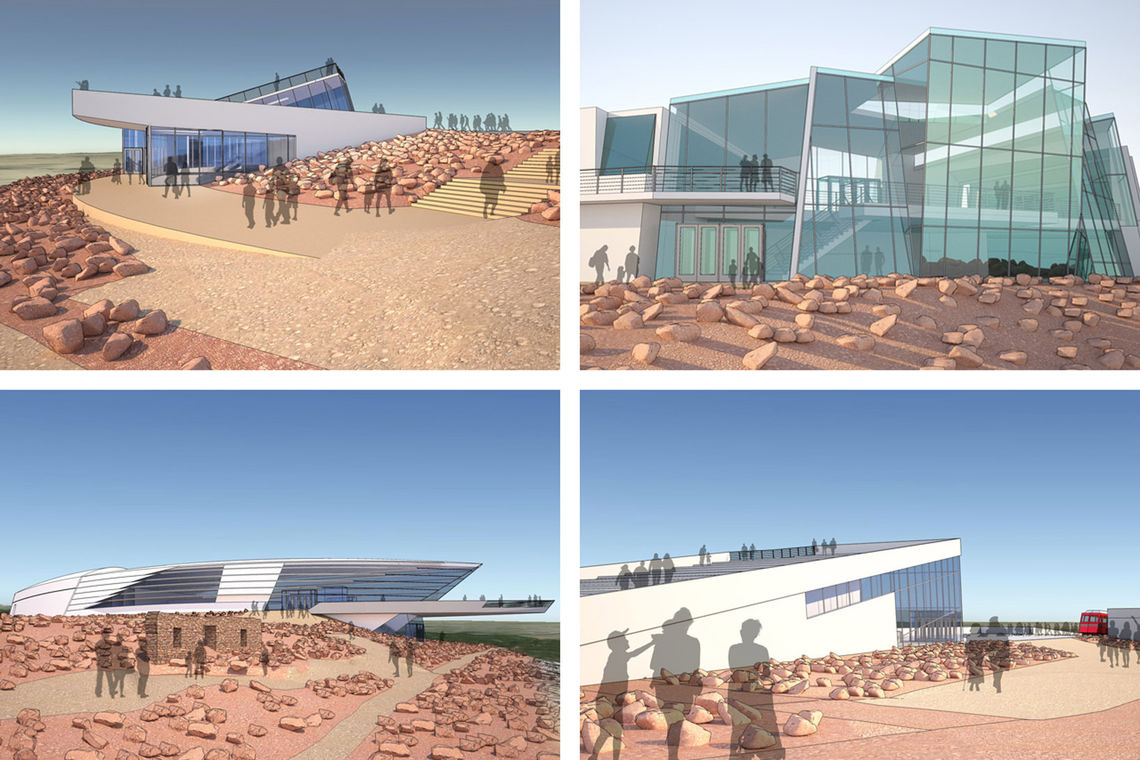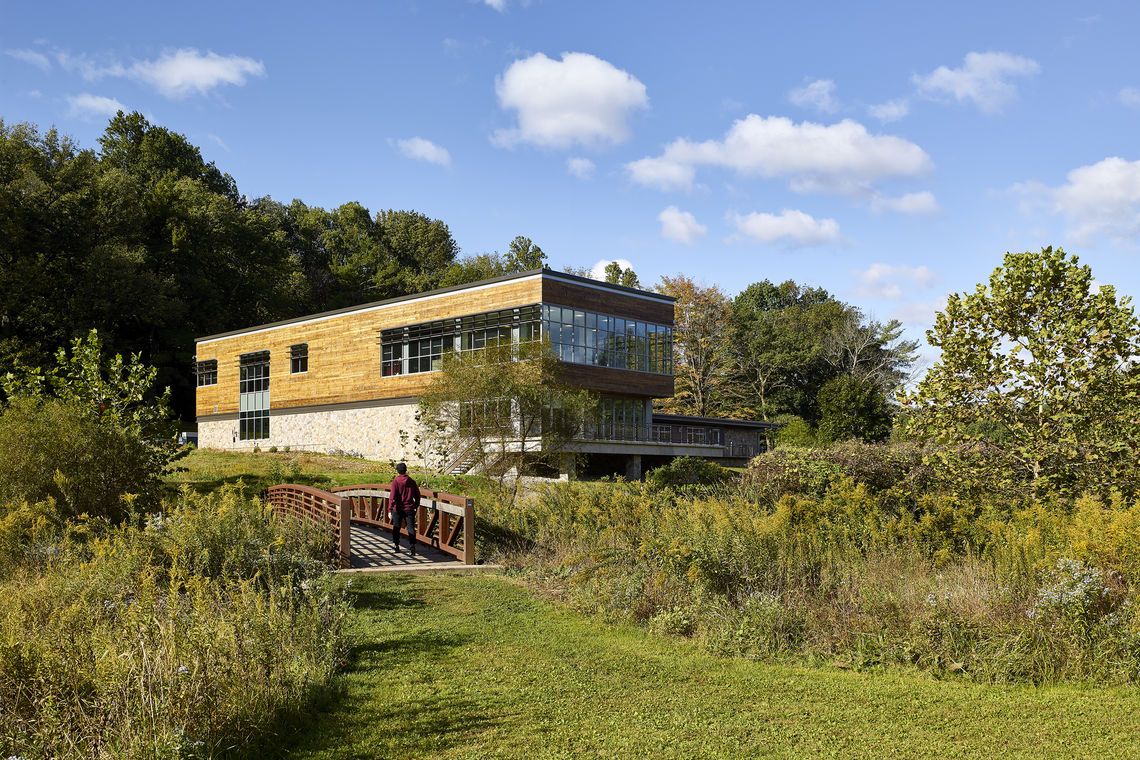When it comes to extreme environments, there’s none more so than that of Pikes Peak.
Temperatures atop the Peak can swing from 60 degrees to below freezing within a matter of hours, wind gusts can reach over 150 miles per hour, the solar radiation is intense, and at any given time, storms can roll in producing measurable snowfall or deadly lightning strikes. And if that’s not enough, the effects on the body at high-altitude can make one question why over 600,000 people per year visit the summit.
Tasked with designing a new visitor center on top of the summit, the design team from GWWO (Design Architect) along with Colorado Springs’ RTA (Architect of Record) examined ways in which a new facility could negate some of the extreme conditions associated with the Peak in order to provide visitors with an ideal and meaningful interpretive experience, no matter the conditions.
Read more of Alan’s article “Pushing Interpretation to New Heights” from the May/June 2016 issue of Legacy Magazine.




